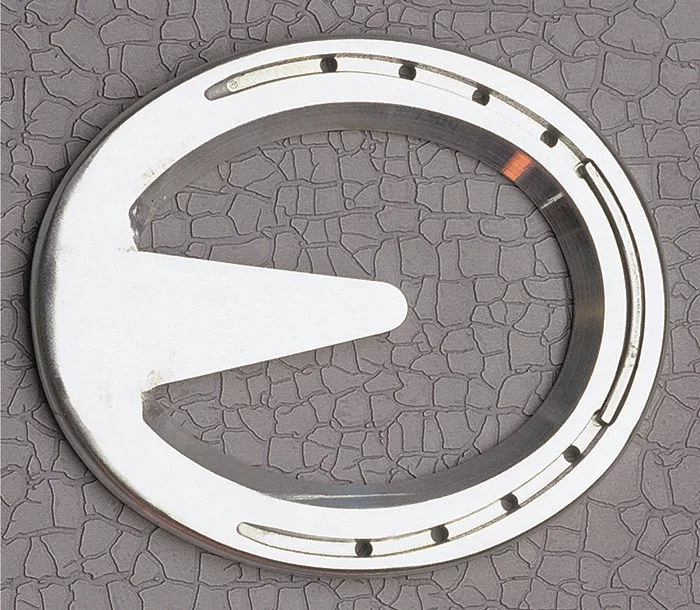American Farriers Journal
American Farriers Journal is the “hands-on” magazine for professional farriers, equine veterinarians and horse care product and service buyers.

A WELL-BUILT HEART BAR. This is what a properly constructed heart bar should look like, according to veterinarian George Platt, an authority on the use of the bars in treating laminitis.
“THE FOLKS WHO have learned how to properly build and fit a heart bar shoe think like me: There’s nothing that can come close to it for treating laminitis,” says George Platt, a nationally prominent equine veterinarian.
Platt, who practices out of Eagle, Colo., explained the basics of his proven heart bar treatment method in the last issue of American Farriers Journal. (Please see May/June 2003, Pages 36 to 38.) The key, he says, is to build a shoe that supports the frog and the third phalanx without putting pressure on the sole. The heart bar should not, he emphasizes, be used to try to push the P3 back into place, nor should it focus pressure on too small an area of the frog, particularly near the tip.
Bad Experiences Offer Insights
Though his heart bar guidelines seem straightforward, there is plenty of room for misinterpretation, Platt says. In fact, he refuses to use the phone to guide any farrier through the building of a heart bar. Platt doesn’t blame farriers. He stresses the importance of experience and notes that precise fitting is crucial.
He goes so far as to say, “It’s ridiculous to try to fit a heart bar shoe without an X-ray. We’re shoeing the bone in these cases, so you have to know exactly where it…